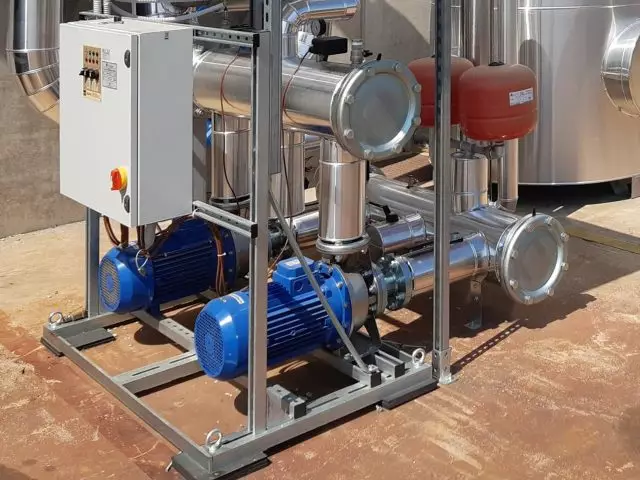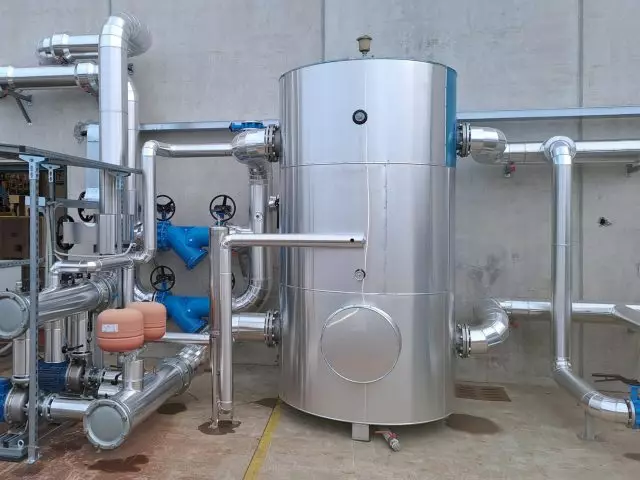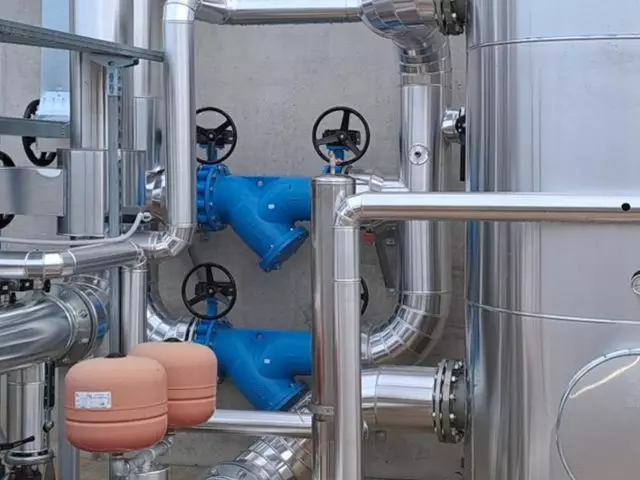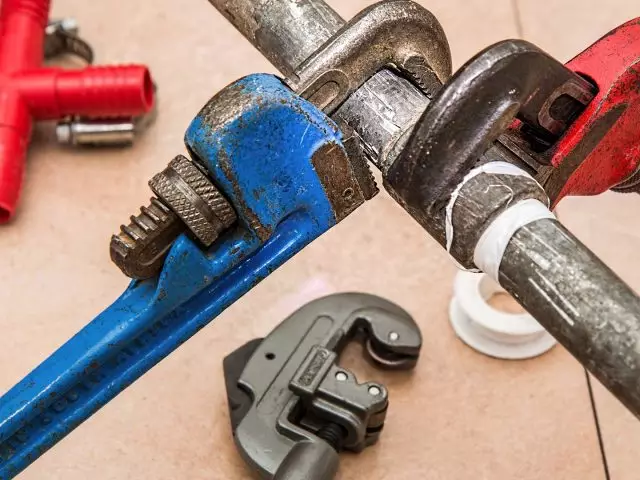Industrial Refrigeration Plants: a comprehensive guide
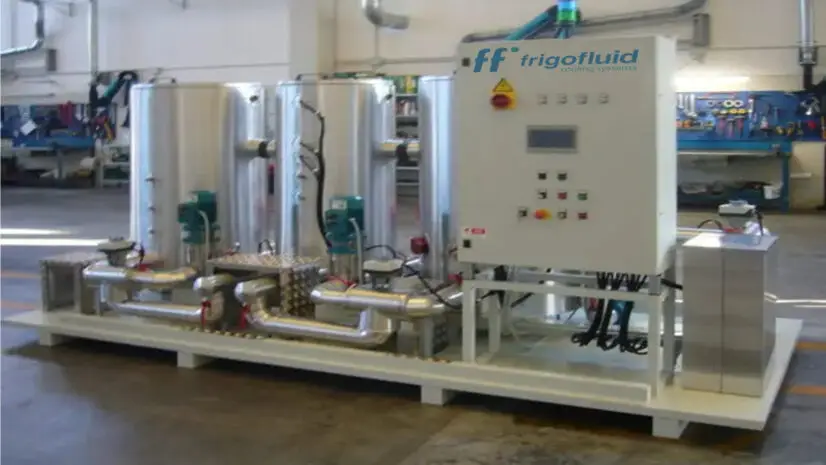
Almost all industries need heat disposal in their processes, but it is not always easy to choose the right refrigeration solution. Above all, when needing an industrial refrigeration plant, it is important to understand whether our need is for a single system or multiple integrated systems.
So where to start? This guide is intended to explain to owners and operations managers the factors to consider when making this important decision.
1. Industrial refrigeration plant: let's have clarity
First of all, when we talk about industrial refrigeration we are referring to systems designed to dissipate heat from process fluids within a production cycle. Their use goes far beyond simple “air conditioning,” as they are complex technologies with diverse applications and customization needs.
In this context, the term “industrial refrigeration plant” is often used to refer only to the refrigeration chiller, i.e., the main device in charge of cooling process fluids. Such machinery is in fact a plug & play system, easily integrated into the industrial processes it is to serve and also immediately operational thanks to the appropriate hydraulic connections (provided, of course, by the vendor).
Beware, however: although the chiller is the crucial element, an industrial refrigeration system is often a much more complex system, including several components essential for proper operation and maximum process efficiency. This happens because there are often multiple production lines with diverse heat dissipation requirements: both in terms of thermal jumps to be achieved and the resources available.
Here, then, a complete system is not limited to the chiller, but also very often includes heat exchangers, pumping systems, storage tanks, control valves, and hydraulic and chemical fluid management solutions. It is evident how each component plays a key role in ensuring that the entire system operates optimally, meeting the temperature, pressure, and safety requirements of the production process. All that is best delegated to a single point of contact.
But let’s proceed in order.
2. Industrial chiller: the heart of the industrial refrigeration plant
We have discussed this in other articles, so let’s do a quick recap: the chiller is the heart of the system. It is designed to cool the process liquid at temperatures even lower than ambient (in some cases even below 0°C).
The compression chiller is the most common model and is based on a refrigeration cycle that uses a mechanical compressor to compress and circulate the refrigerant.
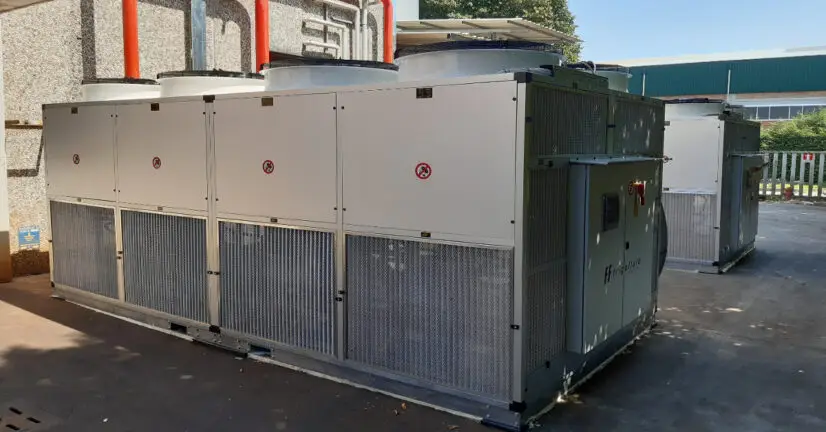
We have also already covered in detail the components of a refrigeration circuit and chiller in general. Basically, this loop allows the temperature of the refrigerant to be reduced, which can be used to keep the temperatures of machinery or industrial processes constant. The refrigerant circulates through the chiller components, continuously changing state (from gaseous to liquid and vice versa) to absorb and release heat.
- Compression: the compressor compresses the gaseous refrigerant, increasing its temperature and pressure.
- Condensation: the compressed gas passes through the condenser, where it is cooled and turned into a liquid, giving up heat to the external environment.
- Expansion: the liquid refrigerant passes through an expansion valve, which lowers its pressure and temperature.
- Evaporation: the refrigerant, now at low temperature, absorbs heat from the fluid to be cooled inside the evaporator, returning to a gaseous state. The cycle repeats continuously.
Industrial chillers can also be divided into two main categories based on the type of condensation used: water chillers and air chillers.
- Water Chillers: use a secondary circuit with water to dissipate heat. This type of chiller, often in itself efficient because of its higher cooling capacity than air, requires evaporative towers to support it (in addition to additional maintenance related to water quality and anti-scaling treatment). It is suitable for large plants with high cooling loads.
- Air Chillers: in this case, heat is dissipated directly into the air via fans that cool the condenser. It is easier to install and requires less maintenance than the water chiller. Ideal for small- to medium-sized installations or in temperate climate zones.
In addition, some industrial chillers are designed to operate in extreme conditions, with very high outdoor temperatures, and include remote monitoring: a key aspect of continuous control and performance optimization.
3. Components of a refrigeration plant
We have seen that very often, when we talk about an industrial refrigeration plant, we are talking about more than just the chiller: a complete system includes a number of key components that work together to ensure the efficiency and reliability of the production process.
Let us therefore look in more detail at the key elements that make up a refrigeration plant.
- Modular process skid. A modular skid facilitates transport and installation of the refrigeration system. This frame is designed to optimize the handling and integration of components during assembly. In many cases it is optional, but it is often useful in industrial settings that require flexible solutions.
- Coolers. In many plants, additional cooling systems are needed to optimize heat dissipation: for example, for process lines that have peculiar thermal jump requirements. Evaporative towers, air coolers (dry coolers) or the adiabatic ones (which use water and electricity efficiently based on the outside temperature) offer crucial support, especially in contexts where the heat to be dissipated is particularly high: each of these systems has its own functionality and mode of operation. They cannot reach temperatures below that of the ambient, as chillers access, but process lines often do not require them: so in these cases, why install a chiller at all? Significant energy savings are at stake.
- Hydraulic connections (Piping). The piping system is essential to ensure the proper flow of fluids between the various plant components. Hydraulic connections convey the primary and secondary circuit fluids, allowing the circulation of both chilled and process fluids. Piping efficiency directly affects the overall performance of the system.
- Inertial storage tank. This component plays a key role in the management of the chilled liquid: it allows excess liquid to be stored, ensuring a reserve is always available to keep the system in balance and respond to any peak demand without compromising efficiency.
- Pumping unit. A proper pumping system ensures that the entire hydraulic circuit maintains the right pressure, ensuring even distribution of refrigerant through the system. Without a well-designed pumping unit, the system could experience variations in flow rate and pressure, adversely affecting system performance.
- Hydraulic Automatisms. Hydraulic automatisms include a range of valves, loading systems, and pump shut-off kits. These devices are essential for automatically and safely managing the flow of liquid in the system, ensuring that everything runs optimally without the need for constant manual intervention.
- Disposal of reclaimed water. To keep the hydraulic system sometimes including adiabatic and evaporative coolers in balance, it is also often necessary to provide a system for disposal of reclaimed water. This process ensures that the water used in cooling cycles is properly managed, avoiding accumulation that could compromise system efficiency.
- Specific water treatments. Water used in the cooling circuit requires proper control of chemical/physical parameters: the aim is to prevent the accumulation of impurities and fouling. Specific chemicals are added to keep the circuit clean and to ensure efficient operation and make the refrigeration system last over time.
- Remote control systems. Marching into the Industry 4.0 era: integration of advanced panels into industrial refrigeration systems enables comprehensive optimization of water and energy management and overall plant performance, covering every component of the plant. Constant supervision to carry out timely corrective actions, thus ensuring maximum operational efficiency.
- Thermoregulation units. Keeping process fluids at the correct temperature is essential to the continuity and efficiency of the production cycle. The best industrial temperature controllers are designed not only to send fluids to high temperatures, but also to ensure precise control of the thermal levels achieved, adapting to the specific needs of the production process. A well-designed industrial temperature controller is an important ally in preventing those temperature swings that could compromise product quality or equipment integrity.
4. Turnkey refrigeration plants: the advantages
At this point, having more complex needs than a single chiller, why not opt for the installation of a turnkey industrial refrigeration plant from a single source?
These are “complete” solutions that eliminate the need for companies to individually manage the various components and phases of implementation. Turnkey refrigeration plant are increasingly in demand by companies: they come “complete with everything” and are ready to use once installed.
The advantages of turnkey plants.
- Cost-effectiveness: a single supplier takes care of everything from initial design to final installation, reducing complexity for the customer.
- Efficiency: system components are chosen and designed to work together optimally, ensuring energy efficiency and reliable cooling performance.
- Customization: these complex systems can be tailored to the specific thermal needs of each industry.
Quick installation time: with a single supplier handling the entire process, installation can generally be faster than with multiple suppliers. - Last but not least, all-round service: having a single point of contact at all stages of installation and also more efficient after-sales support make a difference. In fact, risks of malfunctions are reduced and management timelines are optimized during all phases of the solution life cycle.
5. Service on an industrial refrigeration plant
To ensure comprehensive assistance during the installation of an industrial refrigeration system, it is essential to begin with a shared assessment of the customer’s needs. Often, those approaching a refrigeration plant for the first time do not have a clear idea of their needs.
This is where an in-depth discussion comes in: through targeted questions, the peculiarities of the production process, the amount of heat to be dissipated in the different process lines and the temperatures of the fluid output, as well as any technical specificities to be considered during the design phase, are analyzed.
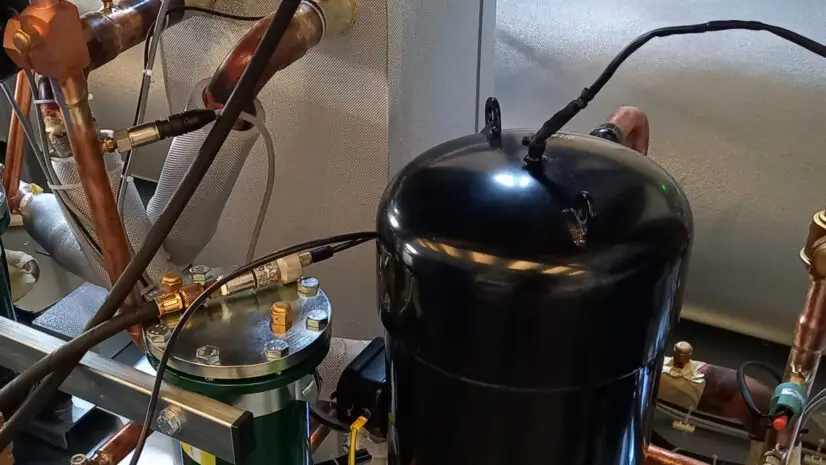
Subsequently, a technical site visit allows the information initially gathered to be validated and deepened. The site visit often proves decisive in clarifying technical aspects and providing quick solutions, offering immediate and practical feedback much appreciated by users.
Once the situation is defined, a business proposal is developed. This moment of dialogue between the consulting refrigeration supplier and the customer’s staff allows the offer to be refined, adapting it to any specific requests and technical details.
The design phase includes the selection of the components we saw in the previous chapter.It is important for a supplier who wants to be the single point of contact for industrial refrigeration to develop collaborations with its own reliable partners to guarantee the quality of the individual elements to the end customer. All in a harmonious integration of tailored solutions and auxiliary coolers.
Transportation and installation of the system includes both the main chillers and accessory components, relieving the customer of any worries about plumbing connections or other technical operations. A single point of contact, a turnkey solution provider, takes care of the entire process.
Before commissioning, it is only right that each component is tested, verifying its performance, integration with electronic systems, and proper configuration of control panels, including the remote management system.
Eventually, the system is ready to support the customer’s production cycle. Once started up, the refrigeration system works autonomously, leaving the customer with the peace of mind to focus on his or her core business until it is time for scheduled maintenance.
Learn about the testing and commissioning phases of refrigeration systems6. Conclusion
Industrial refrigeration plant an essential part of many industries, and choosing the right solutions can significantly improve production efficiency and reduce operating costs.
Whether it’s a chiller or a complete refrigeration system, it’s important to rely on industry professionals to design, install, and maintain the system: best, as we’ve seen, with a reliable and knowledgeable partner to play the role of single point of contact.
Ask for Information Learn about all the components of a turnkey systemResources
Plants and components
Find out all Frigofluid's productsComparing Different Technologies
Find out all the different technologiesFind out more
All technical articlesOur Newsletter
Subscribe to the Frigofluid newsletter: stay up-to-date on technical solutions for industrial refrigeration and cooling and get to know our offer.



